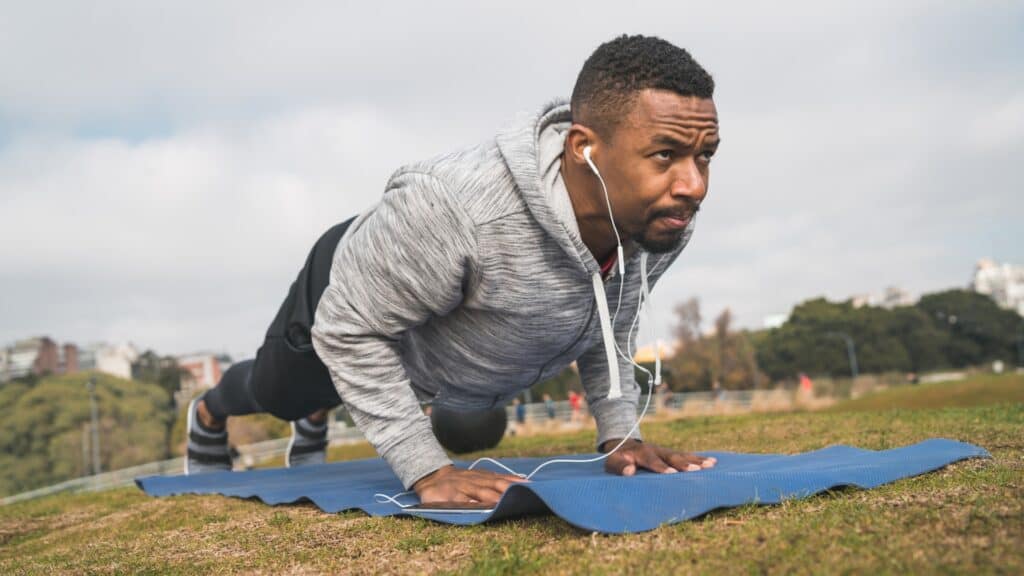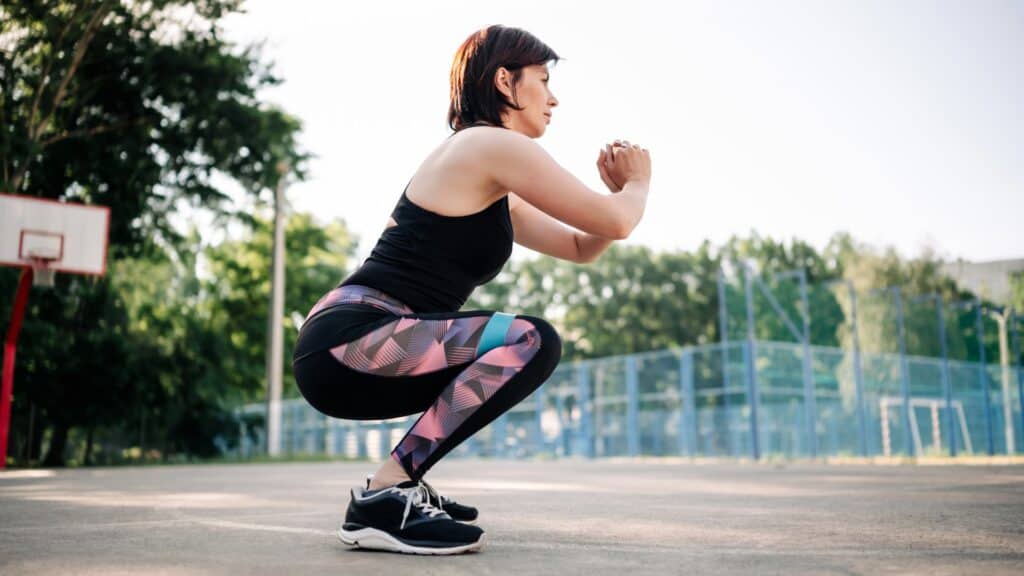Strength training plays a pivotal role in enhancing running performance and minimizing your risk of injury in your preparation for the Ultimate Human Race.
In this article, we explore the transformative impact of strength training on running, addressing common questions and providing practical insights to help runners optimize their training regimen.

Understanding the Importance of Strength Training
Incorporating strength training into your running routine serves dual purposes: injury prevention and performance enhancement.
Whether you’re a novice runner or a seasoned athlete, prioritizing strength training can fortify your muscles, improve joint stability, and enhance overall running efficiency.

Tailoring Strength Training for the Comrades Marathon Down Run
For runners preparing for the grueling challenge of the Comrades Down Run, targeted strength training is essential.
This specialized approach aims to strengthen the quadriceps, minimize muscle soreness, and optimize performance on race day. By focusing on specific exercises and techniques, runners can better withstand the demands of downhill running and conquer the iconic Comrades Marathon course.
Making sure you do the correct strength training is important. The good news is we’ve created a free strength training plan for runners that you can download by clicking here.
Balancing Cross-Training for Optimal Results
Effective strength training for runners encompasses a diverse range of exercises, including stability and proprioceptive drills.
These exercises challenge your body’s balance and coordination, promoting joint stability and reducing the risk of injury.
Incorporating stability-focused activities, such as balancing on unstable surfaces or using proprioceptive equipment, can enhance neuromuscular control and improve overall running biomechanics.
Key Exercises for Strength and Stability
Four core exercises stand out as pillars of effective strength training for runners: squats, single-leg squats, step-ups onto a bench, and supine bridges.
These exercises target key muscle groups, including the quadriceps, hamstrings, glutes, and lower back, essential for powering through uphill climbs and minimizing fatigue during long-distance running.
It’s crucial to perform these exercises with proper form and technique, seeking guidance from qualified professionals if needed.
Enhancing Core Strength and Stability
In addition to targeted lower body exercises, strengthening the core and upper body can further enhance running performance and resilience.
Incorporating exercises that target the lower abdominals, lower back, and upper body muscles can improve posture, balance, and overall muscular endurance, contributing to a more efficient running stride and reduced risk of injury.
Implementing a Holistic Approach to Training
As runners prepare for the Comrades Marathon and other endurance events, integrating strength training into a holistic training plan is paramount.
By balancing running workouts with targeted strength sessions, runners can optimize their physical preparedness, minimize the risk of overuse injuries, and maximize their performance potential.
Consistency, proper technique, and gradual progression are key principles to bear in mind when incorporating strength training into your training regimen.
Strength training serves as a cornerstone of effective preparation for runners tackling the challenges of the Comrades Marathon and other endurance races.
By prioritizing strength and stability, runners can enhance their performance, reduce the risk of injury, and unlock their full potential on race day.
Ankle injuries can be a persistent challenge for runners, undermining performance and hindering training progress.
Mastering Ankle Stability
Whether you’re a seasoned athlete or a novice runner, enhancing ankle stability is crucial for maintaining optimal performance and preventing injury.
Ankle stability hinges on the concept of proprioception, which refers to the body’s ability to perceive its position in space and maintain balance.
Within the ankle joint, small muscles and sensory organs play a pivotal role in detecting subtle shifts in movement and stabilizing the joint.
When these sensory mechanisms are compromised, either due to injury or lack of conditioning, the risk of ankle instability and injury increases significantly.
Effective ankle strengthening begins with proprioceptive training, which focuses on improving balance and neuromuscular coordination.
By challenging the body’s balance on unstable surfaces and removing visual cues, runners can activate dormant sensory pathways and enhance ankle stability. Simple exercises like balancing on one leg, with eyes open and closed, can gradually retrain the muscles and nerves to respond more effectively to external stimuli.

Progressive Exercises for Ankle Strength
To further fortify the ankle joint, runners can incorporate a series of progressive exercises designed to target specific muscle groups.
Calf raises, toe raises, ankle eversion, and inversion exercises help strengthen the muscles surrounding the ankle, reducing the risk of strain and injury during running activities. Using stretch cords or resistance bands can add resistance to these exercises, amplifying their effectiveness and promoting muscle growth and endurance.
Integrating Stability Equipment for Advanced Training
As runners progress in their ankle-strengthening journey, incorporating stability equipment can take their training to the next level.
Bosu balls, stability pads, wobble boards, and other unstable surfaces challenge the ankle joint in new and dynamic ways, forcing the muscles to adapt and stabilize the joint under varying conditions.
By gradually increasing the level of instability, runners can improve proprioception and enhance overall ankle strength and resilience.
Consistency and repetition are key to seeing tangible improvements in ankle strength and resilience over time.
By prioritizing ankle stability and proprioceptive training, runners can mitigate the risk of ankle injuries and optimize their performance on the road.



Comments are closed.